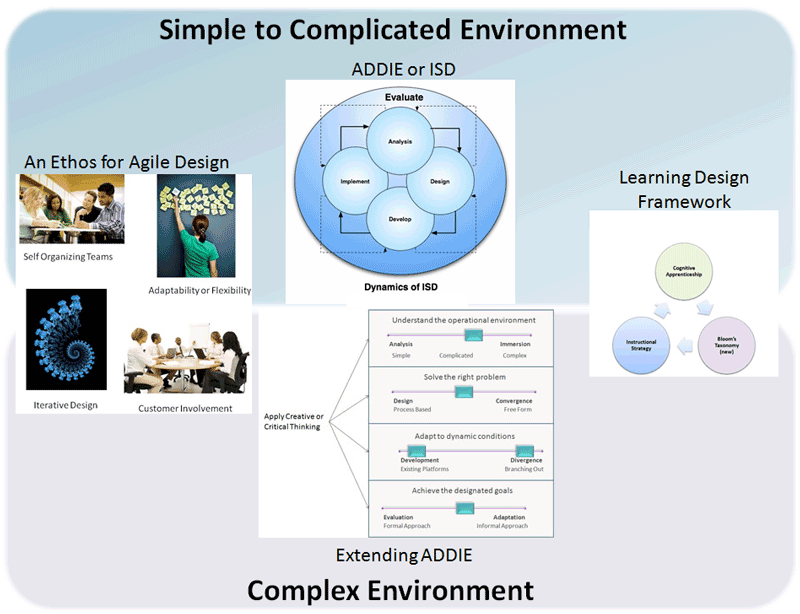Note: This site is moving to KnowledgeJump.com. Please reset your bookmark.
Apprenticeship
Education for work or organized apprenticeship had its beginning in about 2000 B.C. for scribes in Egypt. Thus, education for work was organized in such a way that basic knowledge could be developed in a hybrid classroom setting and then applied skills could be developed on-the-job.
The rules for governing apprenticeships were included in the Code of Hammurabi, who placed a code of his laws in the temple of Shamash in 2100 B.C. However, apprenticeships did not really become widespread until the Middle Ages. As tools became more complex, and the knowledge and skills to use them became more specialized, parents or others could no longer teach their children all they needed to know so they were apprenticed to craftspersons or artisans who had the specialized skills and tools for a particular trade. In exchange for work, the craftsperson would teach the child the craft at which he was an expert. Apprentices normally lived with the craftsperson, and received no pay except for maintenance, as the learning of a skill was considered highly valuable.
Guilds, associations of people who interests or pursuits were the same or similar, were an important part in apprenticeship as they established the quality standards for the product and practice. During the peak of the guild system, which occurred between the twelfth and fifteenth centuries, the yeomen were protected by strict regulation of hours, tools, prices, and wages.


